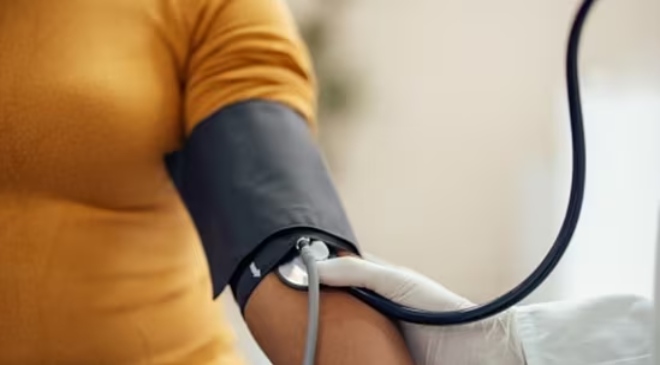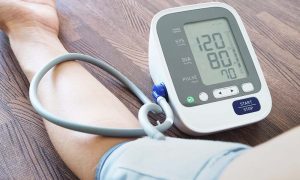While hypotension doesn’t seem as alarming as high blood pressure, if not managed, it can cause severe complications.
Ever felt dizzy and lightheaded while getting up quickly or during the course of the day? It could be due to low blood pressure. You may suffer from low blood pressure due to poor diet, dehydration, infection, blood loss or due to conditions like heart issues, endocrine disorders or allergic reactions. Low blood pressure or hypotension happens when there is decrease in the force of blood flow through arteries. A reading below 90/60 mm Hg is considered low blood pressure. Hypotension could be caused due to a health condition or it may be a standalone problem. A fainting episode, feeling of fatigue, cold and pale skin are all signs of low blood pressure.
While hypotension is not as alarming as high blood pressure, it can cause concerning signs and complications. Dr. Mohit Bhutani, Assistant Professor, Department of Cardiology, Amrita Hospital, Faridabad shares 5 signs of low blood pressure and 5 possible complications due to hypotension in an interview.
5 signs of low blood pressure
1. Dizziness and lightheadedness: One of the most common signs of low blood pressure is feeling dizzy or lightheaded, especially when standing up quickly. This occurs because the brain does not receive an adequate supply of blood, leading to temporary impairment.
2. Fatigue and weakness: Low blood pressure can cause feelings of fatigue and weakness due to reduced blood flow to the muscles and organs. This can result in a lack of energy and difficulty performing daily activities.
3. Fainting or syncope: In severe cases, low blood pressure can cause fainting episodes. These occur when the brain does not receive enough blood, leading to a temporary loss of consciousness. Fainting can be dangerous, especially if it occurs while driving or operating machinery.
4. Rapid or shallow breathing: Hypotension can affect the respiratory system, causing rapid or shallow breathing. This occurs because the body tries to compensate for the low blood pressure by increasing breathing rate to improve oxygen supply.
5. Cold and clammy skin: Low blood pressure can result in cold and clammy skin due to reduced circulation. The extremities, such as hands and feet, may feel cool to the touch, and the skin may appear pale.
Read More: Specific gut bacteria raise risk of severe malaria: Research
5 complications of low blood pressure
1. Organ damage: Prolonged periods of low blood pressure can lead to inadequate blood supply to vital organs such as the heart, kidneys, and brain. This can cause organ damage or dysfunction over time.
2. Falls and injuries: Dizziness and fainting associated with low blood pressure increase the risk of falls and injuries. Individuals with hypotension should be cautious when changing positions or standing up quickly to prevent accidents.
3. Shock: In severe cases, low blood pressure can lead to a condition called shock. Shock occurs when the body does not receive enough blood to function properly, potentially leading to organ failure and life-threatening complications.
4. Reduced cognitive function: Insufficient blood flow to the brain can impair cognitive function, resulting in difficulties with memory, concentration, and decision-making. This can significantly impact an individual’s quality of life.
5. Complications during surgery or medical procedures: Low blood pressure can pose challenges during surgical procedures or medical interventions. It may increase the risk of complications, such as excessive bleeding or inadequate tissue oxygenation.
Read More: Vitamin C Deficiency: Dry Skin To Tooth Loss, 6 Telltale Signs You Shouldn’t Ignore
How to manage blood pressure
Managing low blood pressure involves identifying and addressing its underlying causes.
- Lifestyle changes, such as increasing fluid and salt intake, wearing compression stockings, and avoiding prolonged standing, can help raise blood pressure.
- Medications like fludrocortisone or midodrine may be prescribed to increase blood volume or constrict blood vessels.
- If low blood pressure is due to an underlying medical condition, treating that condition is essential.
- Regular monitoring and follow-up with a healthcare professional are crucial to ensure appropriate management and prevent complications.
- If you experience persistent or concerning symptoms, consult a healthcare provider for proper evaluation and care.





































